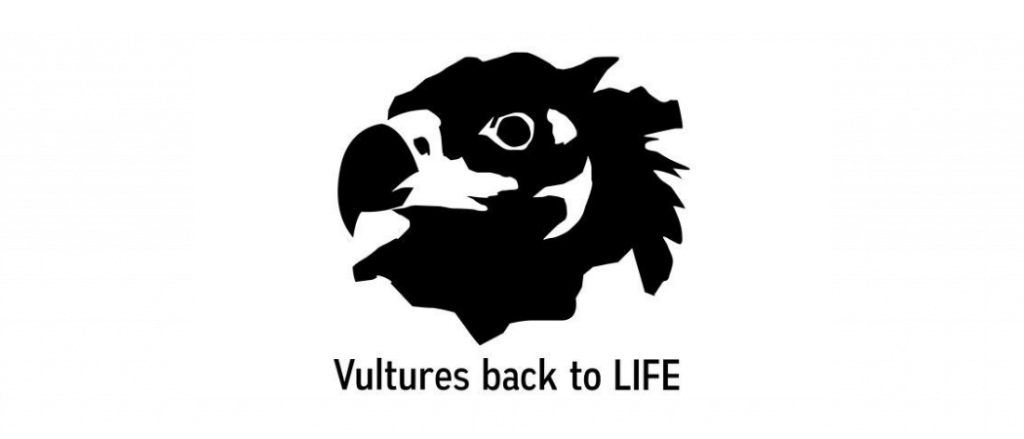This past Monday, nature conservation in Bulgaria suffered a significant blow. A serious poisoning incident killed found Cinereous Vultures, including the iconic Cinereous Vulture that hatched last year in the wild in Bulgaria for the first time in three decades. It also poisoned and killed the largest number of Cinereous Vultures at once in the last half-century in the country. Now, the necropsy results revealed yet another devastating finding – one of the Cinereous Vultures that died was a female with an egg.
Necropsy reveals shocking finding





Following the poisoning incident in Ticha, Bulgaria, the authorities swiftly launched an investigation. They collected the carcasses and other samples and transferred them to the Green Balkans’ Wildlife Rehabilitation and Breeding Centre for further examination. The veterinarians at the centre performed necropsies on the vulture carcasses to collect material for the toxicological analysis. During the necropsies, the veterinary specialists o came across another shocking sight.
The female Cinereous Vulture named Vratsa was in the process of becoming a mother this spring as they found an egg in her body! This finding caused yet another additional blow against our efforts to bring the species back to Bulgaria, as it becomes clear that not only have we lost four precious birds, but a potential family has been lost too. Vratsa arrived from Spain in 2019, and the Vultures Back to LIFE team released her the Vratsa Balkan Nature Park in 2020. Until now, we were not aware that she was breeding. The two remaining adult Cinereous Vultures have also not been part of breeding pairs.

Awaiting toxicology results
Together with the samples from the four dead Cinereous Vultures, based on the decree of the police officer investigating the case, samples were taken from the Common Buzzard, the two jackals and the two shepherd dogs found in the area of the incident. Samples were also taken from a Griffon Vulture found dead 6 km from the poisoning incident to determine its cause of death and investigate if it’s connected to the poisoning incident in Ticha. All samples will be sent simultaneously to laboratories in Bulgaria and Spain to identify the substance that caused the animals’ deaths.
The adverse consequences of wildlife poisoning in Bulgaria
Vultures’ biggest threat worldwide is poisoning. Large vulture species like the Bearded and Cinereous Vultures disappeared from Bulgaria in the 1970s mainly due to extensive and widespread campaigns organized officially (legal at the time) to poison predators. This practice was an indiscriminate method of killing animals that eradicated many non-target species in a particularly painful way. It eventually was banned throughout Europe. Even though wildlife poisoning is illegal today, this problem continues to exist outside the law. Several conservation initiatives combat this threat head-on, using various tools and approaches.
Combating wildlife poisoning in Bulgaria
Wildlife poisoning remains an alarming threat to vultures in Bulgaria, yet this case has highlighted that progress has been made in addressing this problem:
- The damage of the poisoning in Ticha is unacceptable, discouraging and damaging, but at least not catastrophic – thanks to the intensive monitoring system, the project team detected and responded to the incident quickly, preventing further mortality.
- The public and institutions are increasingly sensitive and organized in response to such events.
- Public intolerance to wildlife poisoning is building up, which, over time, negatively impacts people who use poison baits.
- Many organizations and institutions are building professional capacities and working together in an organized way to prevent poisoning in the wild.
- The Bulgarian authorities have recently developed and adopted an anti-poisoning action plan, a crucial document illustrating how to address the issue and indicating the role and legal framework for action of all institutions.
The Vultures Back to LIFE team will continue to work alongside authorities to help solve the case and bring the offenders(s) responsible to justice.
Source: Green Balkans and FWFF
The Vultures Back to LIFE project

Led by Green Balkans in collaboration with the Fund for Wild Flora and Fauna, Vulture Conservation Foundation, Junta de Extremadura and Euronatur, the Vultures Back to LIFE project aims to reintroduce the Cinereous or Eurasian Black Vulture to Bulgaria. The team will transfer and release into the wild around 60 birds, some coming from captive-breeding backgrounds but mostly from Spanish wildlife rehabilitation centres. The project will also create supplementary feeding stations, increase populations of wild herbivores, improve nesting conditions and tackle some of the major threats to support the return of the species.




